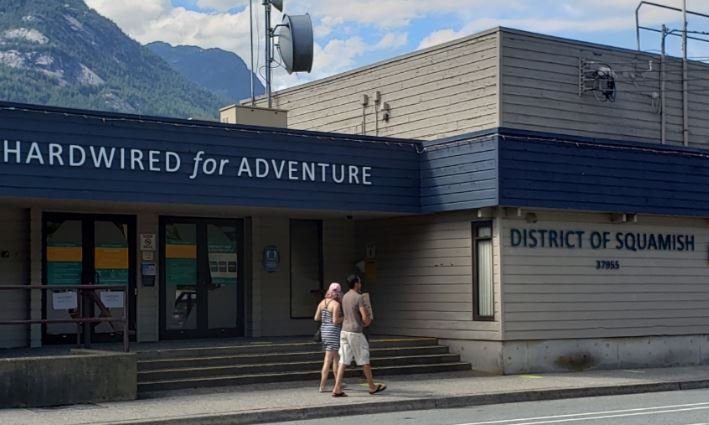
The Province has issued a formal Housing Target Order, requiring the District of Squamish to deliver at least 1,069 new homes in five years. This announcement follows the Province’s earlier notice of intent to set housing targets for Squamish.
The order, effective September 1, sets annual targets to August 31, 2030, beginning with 160 units in the first year and reaching 1,069 by the end of the fifth year. In an August 21 letter to Mayor Armand Hurford, Housing Minister Christine Boyle wrote that the District of Squamish “should strive to achieve 100 per cent of the estimated housing need over the duration of the Order.”
The Council must submit progress reports within 45 days of the end of each reporting period. Reports must include both the number of new units and policy actions taken to enable housing, and they must be published on the district website. If annual targets are not met, the District must also outline actions planned within the following two years.
Boyle acknowledged Squamish’s ongoing work to advance housing projects, noting “significant work completed toward enabling 10,000 dwelling units at various stages of the development pipeline.” She also recognized that housing delivery depends on external factors beyond municipal control, but said annual reporting would provide an opportunity to identify those constraints.
The Province linked the housing order to recent infrastructure funding, including $184 million for BC Transit in 2025–26. Squamish will see 6,800 new annual service hours starting in September 2025, with expanded frequency on Routes 1 Brackendale and 2 Highlands, improved service on Route 3, weekend service on frequent transit networks, and new routes in Oceanfront and South Squamish.
The Province also encouraged the District to engage with Sḵwx̱wú7mesh Úxwumixw (Squamish Nation) and other First Nations on land-use planning to ensure that the housing supply meets Indigenous needs while respecting culturally and environmentally sensitive lands.
A non-binding unit breakdown was also provided for guidance: 615 studios or one-bedroom units, 195 two-bedrooms, and 257 three-bedroom or larger homes. Of the total, 747 are expected to be rentals and 322 ownership units, including 154 below-market rentals and 23 supportive units with on-site services for people transitioning out of homelessness.









Housing Minister Christine Boyle certainly has not spent any time in our corridor, or travelled the Sea to Sky Highway on ANY weekend. I understand the need for housing but I also know we need a way to get here. The last time there were upgrades to the highway was 2010. Sadly, they think adding new bus routes will make it easier to get around, and it will for some. However not every person actually works in Squamish, a lot of people commute for work. This affects visitors and locals in a big way. I hope everyone involved in the planning of our community actually spends time stuck due to accidents on the highway on any day but especially on the weekends, and their plans dashed because they couldn’t get there.
It is about time that a higher authority intervenes and puts an end to the self-serving and restrictive practices of the city council and officials, who continually drag their feet and obstruct region’s progress with excuses – often unreasonable, if not outright absurd. Happy to see a concrete action, especially with the amount of money poured in to the district’s account. And no, the city of Squamish is not an exclusive, private, isolated and privileged region by any means, sorry…
How about the building stops until we have the infrastructure in place to handle all the new humans to a town ill equipped as it is?